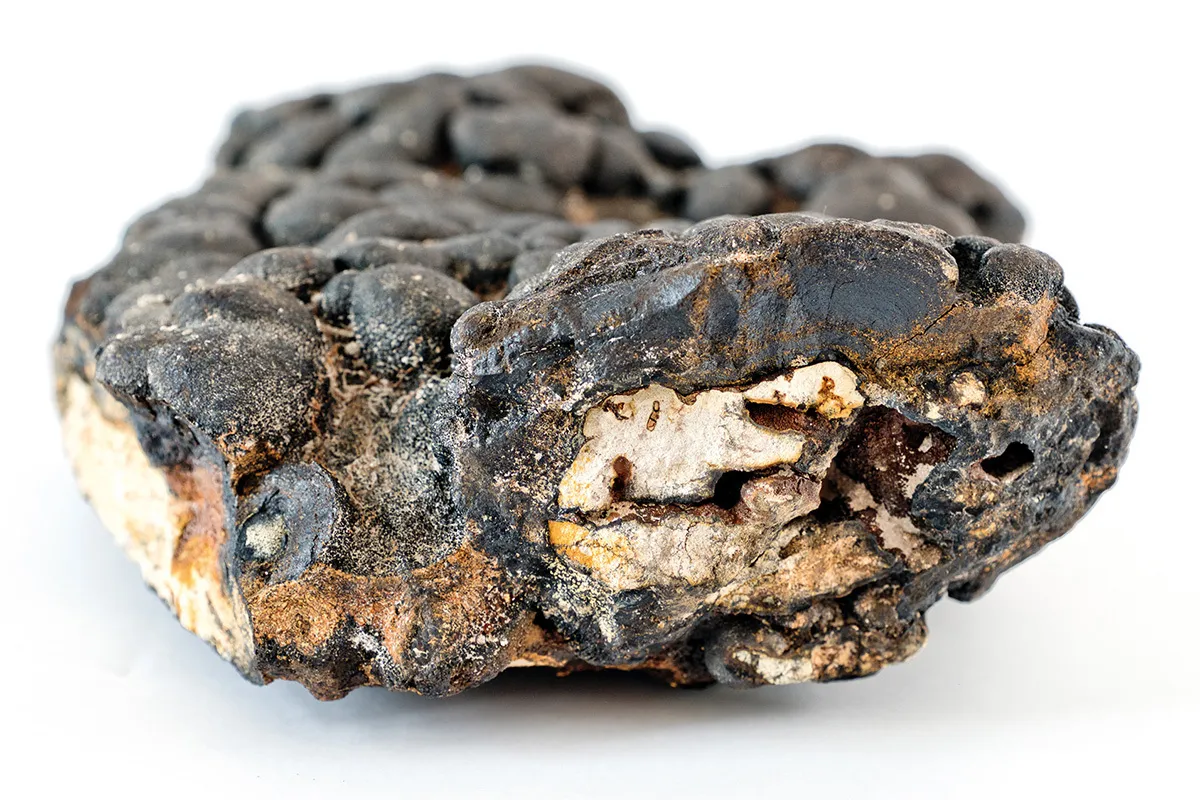The ocean floor is a hotbed for strange creatures and rich minerals – but also a contentious battleground.
New evidence from scientists in Japan and the UK adds a fresh twist to the controversy. A recent study shows that ocean creatures disappear from the areas both within and outside deep sea mining operations, with around half of fish and shrimp populations plummeting after one year.
“These results suggest the impact of deep sea mining could be even bigger than we think,” said first author Travis Washburn, researcher at the Geological Survey of Japan.
The study, published in the journal Current Biology, assessed the impact of Japan’s first successful mining operation of cobalt from deep-sea mountains. Cobalt is used in the batteries of electric cars.
The team analysed data via video footage from a remotely-operated vehicle on the seafloor. They counted species density one month before, one month after, and one year after the mining test on the Takyo-Daigo seamount.
One year after the mining test, the researchers observed a 43 per cent drop in fish and shrimp populations in the immediate area. Astonishingly, there was an even higher drop in these species in the surrounding areas, with a decline of 56 per cent.
“I had assumed we wouldn’t see any changes because the mining test was so small. They drove the machine for two hours, and the sediment plume only travelled a few hundred meters,” said Washburn. “But it was actually enough to shift things.”
Deep sea mining destroys habitats, but also creates plumes of sediments that spread into the surrounding water. It’s this sediment pollution that the researchers believe has contaminated fish food sources and made species disappear.

The team also discovered the crushed carcasses of organisms in the direct path of the mining crawler.
They did not observe any major changes in less mobile creatures, like corals and sponges. However, the paper notes that the two-hour operation may not cause these changes which might instead occur in the longer term.
The researchers argue that several repetitions of the study are needed to fully understand the impacts of deep sea mining.
“There is so much we could learn from ocean biodiversity,” marine biologist Sophie Benbow, director of the marine programme at conservation charity Fauna & Flora, told BBC Science Focus.
“Medical advances and new technologies could be deciphered from the study of deep-sea species, but they could be wiped out before we even know they exist if deep-seabed mining is to go ahead prematurely.
“This study is an important step to understanding how disturbance on the seabed will impact on the species that live there.”
The study arrives amidst upcoming global talks in Jamaica next week concerning the regulations that determine whether private companies can mine in the deep sea.
The International Seabed Authority (ISA) governs seafloor resources outside countries’ jurisdictions. Certain companies are looking to mine these parts of the ocean floor for rare-earth minerals like cobalt, copper and manganese.
These talks follow the expiry of a two-year ban on deep sea mining after countries failed to agree on new rules. Several countries, companies, and individuals including Sir David Attenborough have called for a moratorium on deep see mining.
However, some countries, including Norway and the Pacific Island of Nauru, want to open up their waters to deep sea mining. "We need minerals to succeed with the green transition," Norway’s Oil and Energy Minister Terje Aasland said in a statement.
About our expert:
Sophie Benbow is the director of Fauna & Flora's marine programme. She has an MsC in Conservation from UCL, and her research has been published in Continental Shelf Research, PLoS ONE, and The African Journal of Marine Science.
Read more: